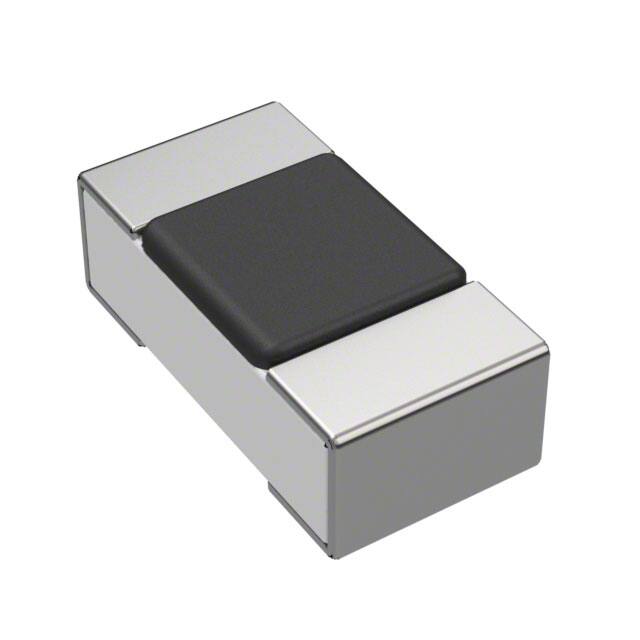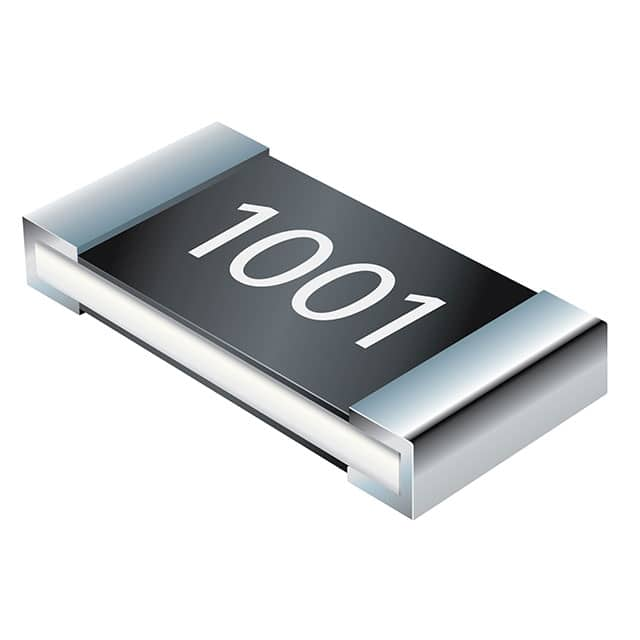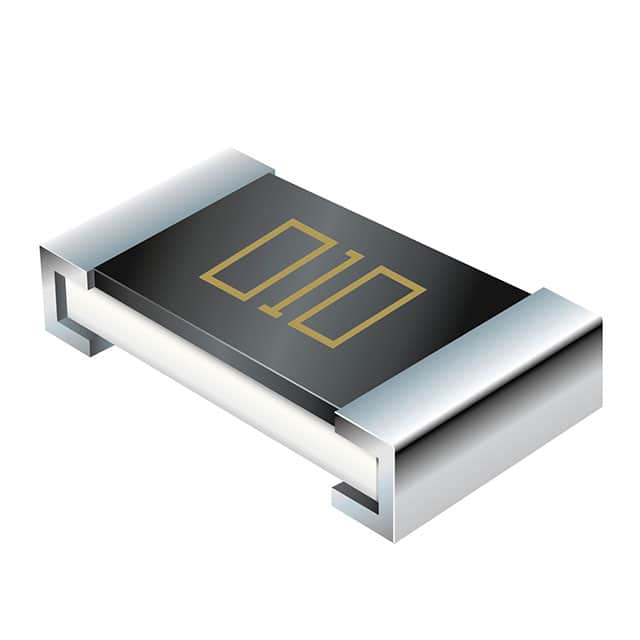CR01005-J/-000GLF Product Introduction:
Bourns Inc. Part Number CR01005-J/-000GLF(Chip Resistor - Surface Mount), developed and manufactured by Bourns Inc., distributed globally by Jinftry. We distribute various electronic components from world-renowned brands and provide one-stop services, making us a trusted global electronic component distributor.
CR01005-J/-000GLF is one of the part numbers distributed by Jinftry, and you can learn about its specifications/configurations, package/case, Datasheet, and other information here. Electronic components are affected by supply and demand, and prices fluctuate frequently. If you have a demand, please do not hesitate to send us an RFQ or email us immediately sales@jinftry.com Please inquire about the real-time unit price, Data Code, Lead time, payment terms, and any other information you would like to know. We will do our best to provide you with a quotation and reply as soon as possible.
Chip resistance-surface Mount (Chip resistance-surface mount) Surface Mount is an electronic component assembly technology in which the Resistor and other components are directly pasted to the surface of the printed circuit board. There is no need to reserve the pupil for the original, and the electrical connection is realized by brazing, which greatly improves the integration and processing speed of the circuit board. In the circuit, the chip resistor can not only stabilize the current and voltage, prevent excessive current or voltage from causing damage to the chip, but also carry out impedance matching in signal transmission to ensure that the signal is smooth and without loss. In addition, the chip resistance can also filter out the interference signal, improve the anti-interference ability of the system, and ensure the stability and reliability of the circuit. Surface mounting of chip resistance can greatly improve the efficiency of chip resistance.
Application
Chip resistance-surface Mount has a wide range of applications, It is widely used in communication equipment (such as mobile phones, TV sets), computer equipment (motherboard, graphics card), automotive electronics (engine control unit, braking system), industrial control (PLC, sensor) and medical equipment (electrocardiograph, blood pressure monitor) and other fields. Its compact size and high-precision characteristics enable electronic equipment to be further miniaturized and refined to meet the diversified needs of modern science and technology.
FAQ about Chip Resistor - Surface Mount
-
1. What is a Chip Resistor?
Chip Resistor, also known as chip fixed resistors, are resistors designed for surface mounting. They can be mounted directly to the surface of a printed circuit board (PCB) without drilling holes like traditional through-hole components.
Such resistors are usually much smaller than traditional resistors, so they take up much less space on the circuit board. The use of SMD resistors is due to the invention of surface mount technology (SMT), which not only reduces the size of components, but also greatly reduces the time to manufacture circuits. SMD resistors are mainly used in professionally manufactured PCBs, while through-hole resistors are more commonly used in most homemade circuits because they are more convenient to install and do not require specialized equipment.
There are many ways to express the resistance value of SMD resistors, including direct marking, three-digit digital representation, four-digit digital representation, EIAJ code representation, etc. These methods enable the resistance value of the resistor to be clearly marked on the resistor for easy identification and use. In addition, SMD resistors are also resistant to moisture and high temperatures, and have a small temperature coefficient, which allows them to maintain good performance in various environments.
-
2. What are the functions of chip fixed resistors?
Chip fixed resistors (chip resistors) play a vital role in electronic devices and systems.
Chip fixed resistors, also known as Chip Resistor, are one of the passive electronic components widely used in the modern electronic manufacturing industry.
1. Voltage division and current shunting: When the chip resistor is in series or parallel with other components such as light bulbs in the circuit, it can play the role of voltage division and current shunting. In a series circuit, the chip resistor shares the voltage with another component; in a parallel circuit, the chip resistor shares the current with other components.
2. Impedance matching: During the signal transmission process, the chip resistor helps to achieve the matching of the load impedance and the internal impedance of the excitation source by adjusting the impedance, thereby optimizing the signal transmission efficiency.
3. Filtering: In the RC charging and discharging circuit composed of a resistor and a capacitor in series, the chip resistor plays a filtering role, helping to stabilize the voltage and current in the circuit and reduce fluctuations and interference.
4. Special resistor functions: Special types of chip resistors, such as resistors made of semiconductor materials, have variable resistance values and are used to achieve more complex circuit functions, such as impedance control.
5. Save space and improve reliability: Due to the small size and light weight of chip resistors, circuit space costs can be greatly saved, making the design more refined. At the same time, its ability to adapt to reflow soldering and wave soldering improves the reliability and efficiency of production.
-
3. Resistor digital identification interpretation example
To better understand the interpretation method of chip resistor digital identification, let's look at an example. Assuming that the digital identification on a chip resistor is "1001", what is the resistance value of this resistor? What is the accuracy?
First, we interpret the first three digits "100", indicating that the resistance value is 100 ohms. Next, we look at the last digit "1", which indicates that the tolerance accuracy of the resistor is 1%. Therefore, the resistance of this chip resistor is 100 ohms and the tolerance accuracy is ±1%.
 Lead free / RoHS Compliant
Lead free / RoHS Compliant





























